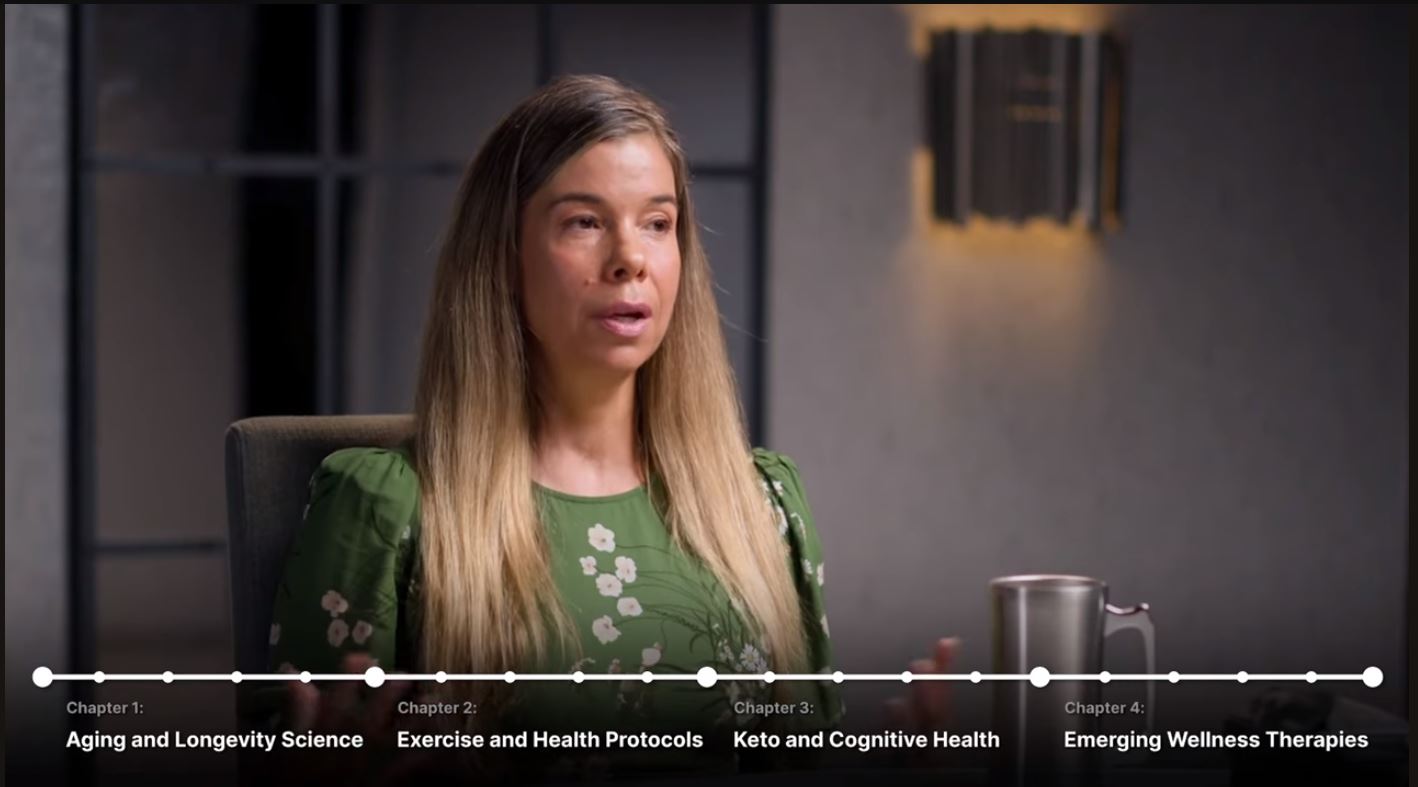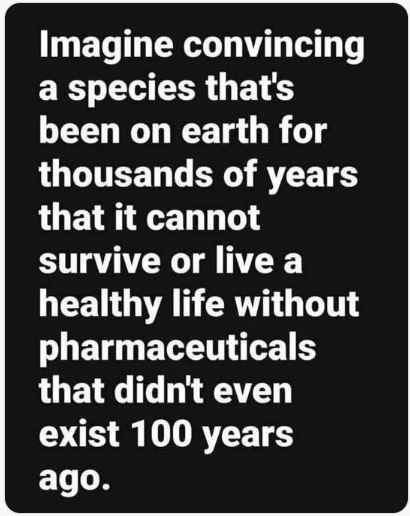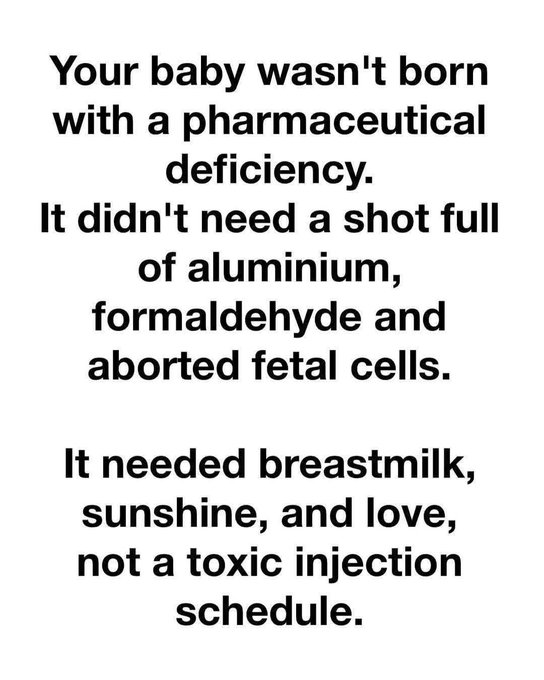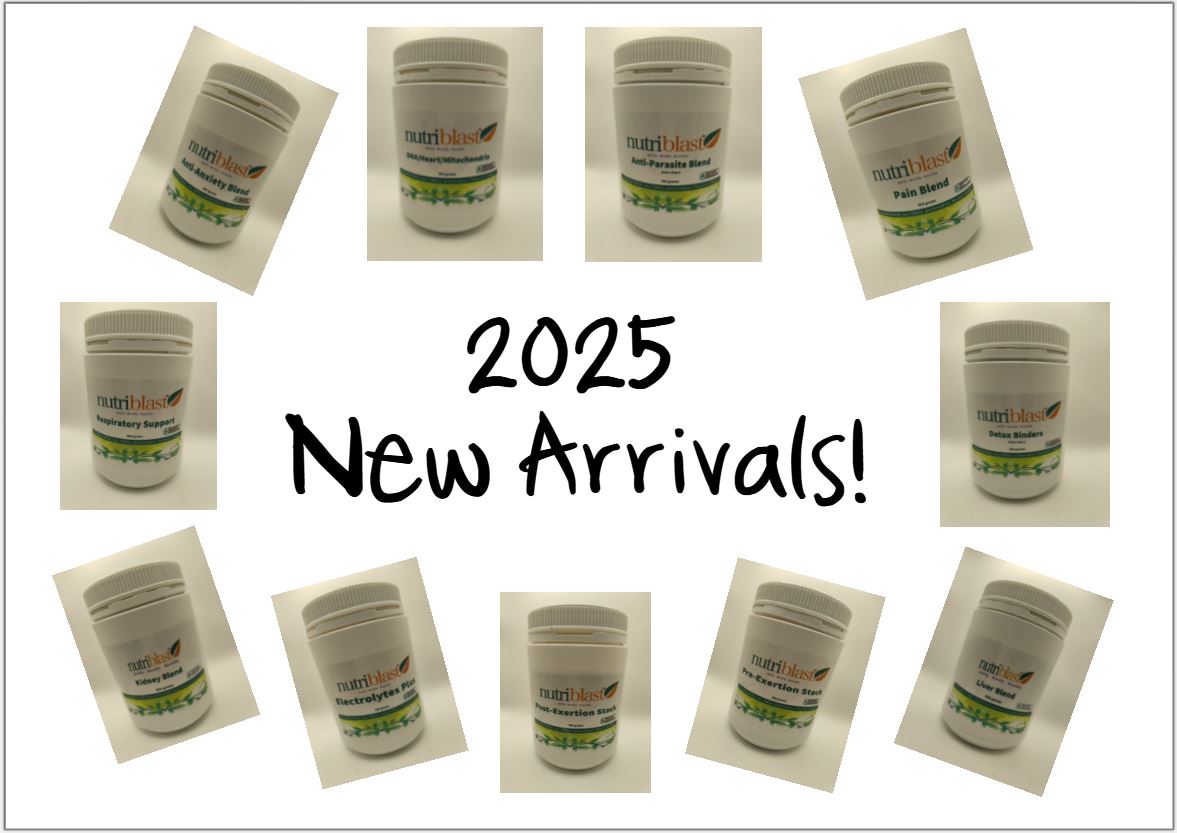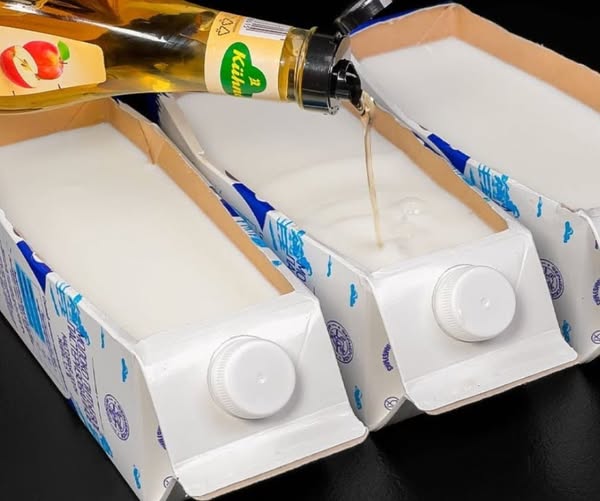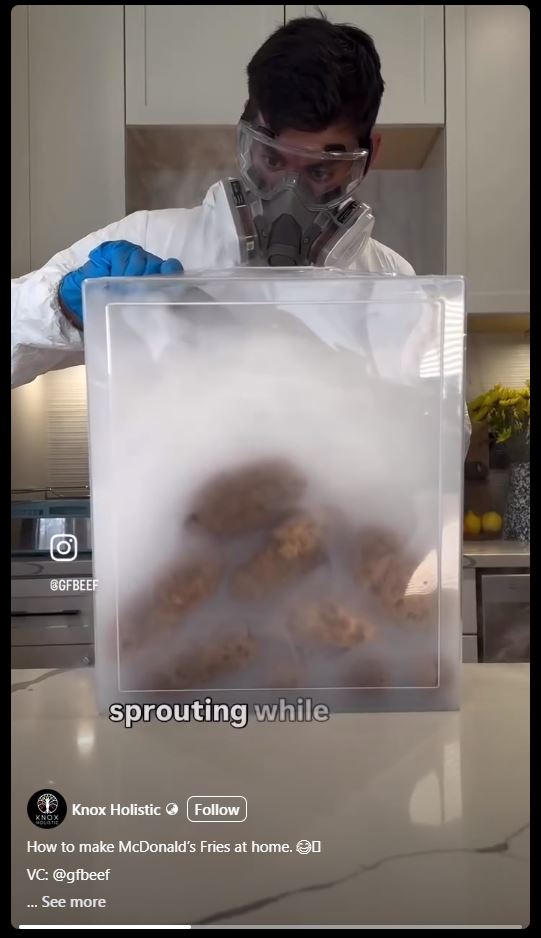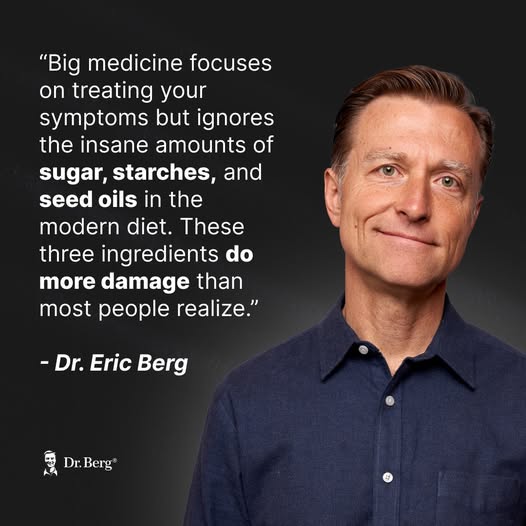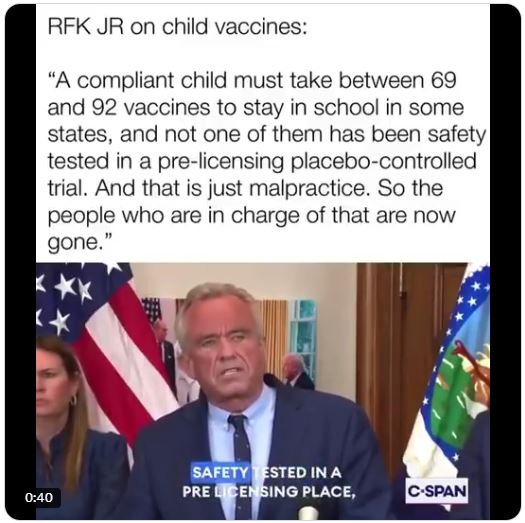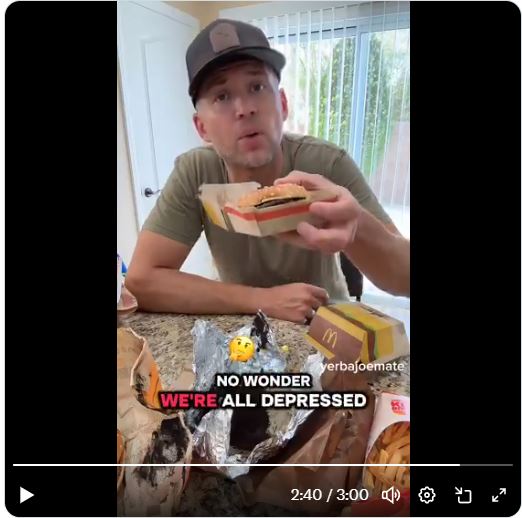
In a quietly devastating admission, the U.S. Centers for Disease Control and Prevention (CDC) now states on its recently updated Long COVID guidance page:
“There is no laboratory test that can determine if your unexplained symptoms are due to Long COVID.”
By acknowledging that Long COVID has no diagnostic test, the CDC has effectively endorsed a medical diagnosis that cannot be confirmed or disproven.
It’s not anchored to any biomarker, lab result, or measurable condition.
And that means it can be used to label virtually any lingering symptom—fatigue, brain fog, memory loss, anxiety—as “Long COVID,” without ever verifying a prior infection.
But a new peer-reviewed study takes the crisis even further, revealing that vaccinated individuals who were never infected with COVID-19 are developing the same symptoms blamed on Long COVID, raising the alarming possibility that the vaccine, not the virus, may be the true cause.
A Diagnosis That Can’t Be Verified & a Pattern That Can’t Be Ignored
The CDC’s July 24 update warns that Long COVID symptoms can last “weeks, months, or even years,” and may include neurological, psychiatric, cardiovascular, and digestive issues.
But the agency admits that diagnosis is based solely on self-reported symptoms.
No test exists to confirm whether those symptoms are from the virus.
Which means that Long COVID is an unfalsifiable diagnosis that you can’t prove whether or not you have it, and can’t prove whether or not you don’t.
And doctors can’t rule out that something else—like the vaccine—is to blame.
This creates a dangerous diagnostic vacuum, one that could easily be exploited to obscure mass harm.
Bombshell Study: Long COVID Symptoms in the Never-Infected
On June 23, 2025, the Journal of Microbiology, Immunology and Infection published a peer-reviewed study that should have forced a public reckoning.
The study followed 467 healthcare workers from a teaching hospital in northern Taiwan.
All participants had received at least three COVID shots, and many had received four.
Vaccine types included mRNA (Pfizer, Moderna), viral vector (AstraZeneca), and protein subunit (Medigen).
Of the 467 participants, 222 had no record of COVID-19 infection, tested negative for SARS-CoV-2 nucleoprotein antibodies (confirming no prior exposure), and reported no symptoms consistent with COVID illness.
Yet many still developed what the CDC now calls “Long COVID” symptoms.
“Notably, all participants in this study were healthcare professionals who had received a minimum of three doses of COVID-19 vaccines… before the onset of the Omicron variant outbreak in Taiwan,” the authors wrote.
The “never infected” group experienced:
Mild fatigue: Over 30%
Trouble concentrating: Nearly 10%
Memory decline: 11.7%
Cognitive dysfunction, anxiety, and sleep disturbances: Widespread
Crucially, the study found no statistically significant differences in symptom severity across the three groups (symptomatic COVID, asymptomatic, and never infected).
In other words, those who never had COVID were just as likely to suffer “Long COVID” symptoms as those who did.
“Despite meticulous data collection, the study revealed no statistically significant differences in the severity of neurological and psychiatric long COVID symptoms across the COVID-19 status groups,” the authors admitted.
The Elephant in the Room: Vaccine Injury
All participants had one variable in common: the vaccine.
All 467 had been heavily vaccinated before symptoms began.
But instead of investigating the vaccine as a possible cause, the researchers completely ignored it.
There was no mention of vaccine injury, no analysis, no exploration, no ruling it out.
Yet the pattern indicated that people with no virus exposure are experiencing the exact symptoms blamed on the virus.
The common denominator is not infection, but injection.
Rebranding Injury as Infection
The implications are massive.
What the CDC and public health officials are labeling as “Long COVID” may actually be long post-vaccine syndrome in many cases.
By failing to test for—or even acknowledge—this possibility, officials may be rebranding vaccine injuries as viral aftereffects:
Diverting attention from the shots
Absorbing adverse events into a vague diagnostic category
Shielding pharmaceutical liability
And keeping the public focused on fear of the virus, rather than scrutiny of the intervention
With no test to confirm Long COVID, and a growing number of cases occurring in the never-infected, this condition becomes the perfect cover story.
The CDC’s admission that no test can diagnose Long COVID could be a warning sign that the government has built an entire category of chronic illness on unverifiable symptoms—and failed to investigate the one factor all patients have in common: the vaccine.
And if the public health establishment refuses to ask the hard questions, then we will.
Finish reading: https://open.substack.com/pub/jonfleetwood/p/cdc-admits-theres-no-test-for-long
